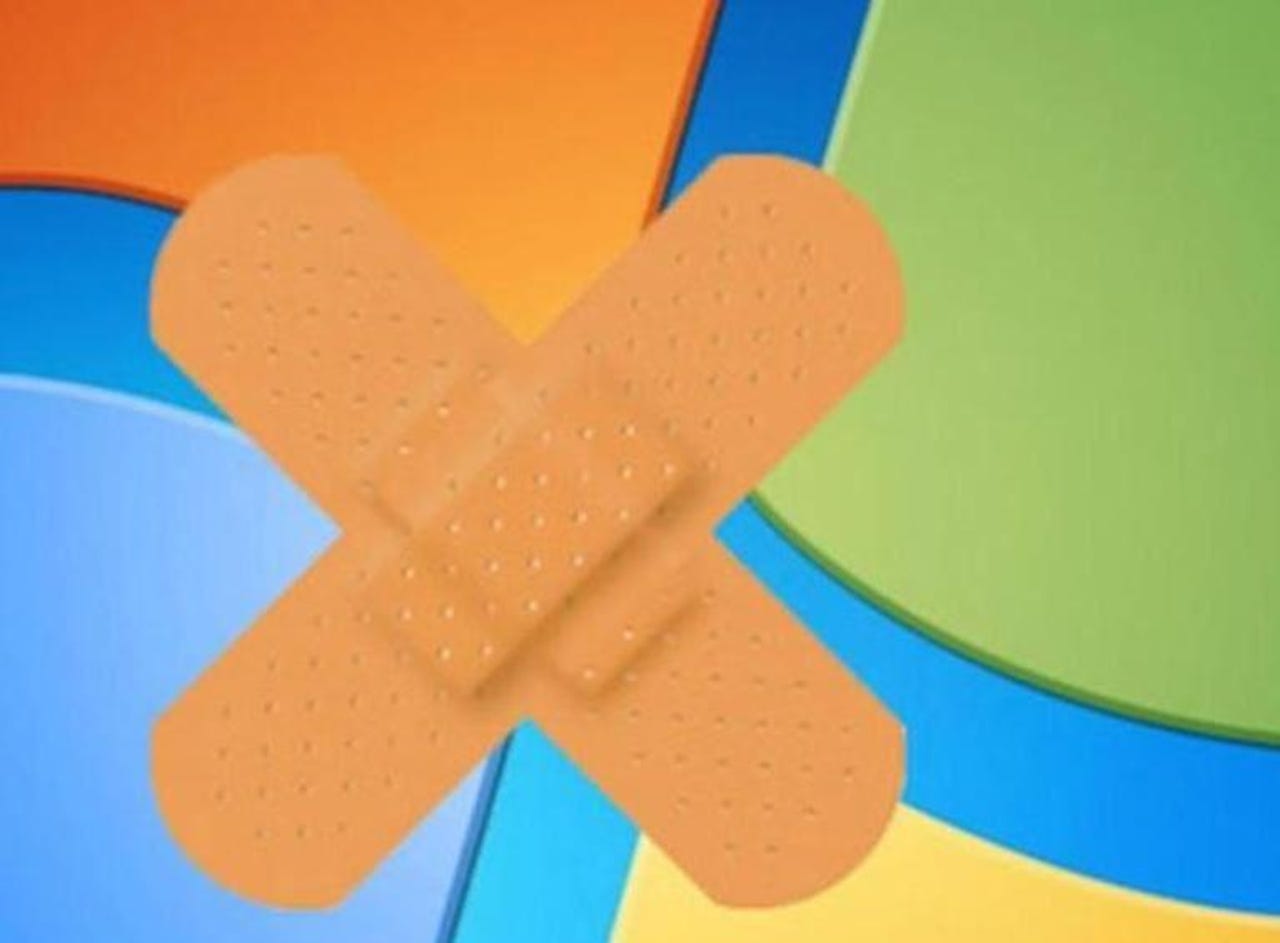Microsoft's Windows 7 has one year of free support left

One year from today -- on January 14, 2020 -- Microsoft's support for Windows 7 will cease. That means no more updates or fixes, including security fixes after that date, which is the first Patch Tuesday of 2020, unless a customer pays.

Windows 10
Microsoft introduced Windows 7 in July, 2009. A number of enterprise customers didn't begin deploying Windows 7 well into its lifecycle, and in some cases, only months before Windows 10 debuted in July, 2015. Microsoft officials said as of last fall that more than half of all Windows devices in the enterprise were running Windows 10, with the rest running Windows 7 and other older versions of Windows. Yet the support clock has ticked on.
Microsoft officials have announced two ways that Windows 7 users can continue to get security updates beyond the January 14, 2020 date. Both of these ways are designed for business customers, not consumers.
Microsoft will sell paid Windows 7 Extended Security Updates (ESUs) on a per-device basis, with the price increasing each year. These ESUs will be available to any Windows 7 Professional and Windows 7 Enterprise users with volume-licensing agreements, and those with Windows Software Assurance and/or Windows 10 Enterprise or Education subscriptions will get a discount. These ESUs will provide Windows 7 Extended Security Updates through January 2023.
Microsoft also will provide ESUs for no additional cost to customers who buy the Microsoft Windows Virtual Desktop service, which is designed to to allow users to virtualize Windows 7 and 10, Office 365 ProPlus apps and other third-party applications by running them remotely in Azure virtual machines. Those wanting to virtualize Windows 7 after Microsoft support ends in January 2020 will be able to do so for three years by using WVD. WVD still is not available in public preview, but is expected to be sometime this calendar quarter. Microsoft has not yet announced a final availability date or pricing for WVD.
A related reminder: As of January 14, 2020 -- the date when Microsoft is slated to stop providing support for Windows 7 -- Microsoft will no longer support Office 365 ProPlus on Windows 7. Customers paying for ESUs will continue to receive support for Office 365 ProPlus on Windows 7 for up to three years after that date, however. In addition, there are more Microsoft products for which support is ending on January 14, 2020: Exchange Server 2010, Windows Server 2008/R2, and Windows 7 for Embedded Systems (but not Windows Embedded Standard 7)..
I've had several Windows 7 users ask me if Microsoft might end up extending Windows 7 support for everyone beyond January because a number of customers won't be ready to move off it. I have not seen or heard any indications for such a move. And users shouldn't read into Microsoft's decision to bring the coming Chromium-based version of Edge to Windows 7 as Microsoft planning to extend Windows 7 support. Microsoft's plan to bring Edge to Windows 7 is meant to support those who pay for extended support beyond January 2020 -- and to throw a bone to those still figuring out their post-Windows-7 migration plans.
End of "mainstream" support for Windows 7 with Service Pack 1 installed occurred on January 13, 2015. Mainstream support includes no-charge incident support and paid incident support; security update support; and the ability to request non-security updates. End of extended support for the product, on January 14, 2020, means the end of paid support; free security update support; and Extended Hotfix Support.
Windows 8.1 customers will continue to get security updates from Microsoft for free until January 10, 2023. Windows 10 users get free support based on the date when their version of Windows 10 was introduced. (See this Windows lifecycle support page from Microsoft for details.)
Update: If you're wondering what Microsoft's guidance is, re: the pending end of support for Windows 7, it's not simply "move to Windows 10." Microsoft is using the end of support to try to get users to go all the way and move to Microsoft 365, its bundle of Windows 10, Office 365 and EMS. Here's Microsoft's latest migration page, featuring a checklist and reference to a free evaluation lab kit for testing Windows 10 Enterprise, System Center Config Manager, the Windows Assessment and Deployment Kit, App-V, Windows Server and more.